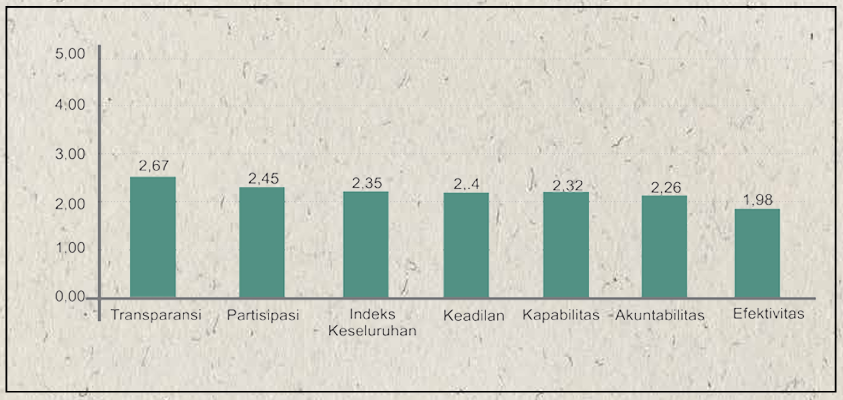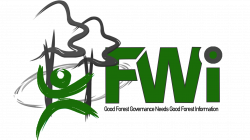Forest management in Indonesia can be identified by the development of the IUPHHK-HA (License to commercially utilize timber in natural forest), IUPHHK-HT (License to run business of industrial plantation), and IUPKH (License to utilize forest area) for small scale businesses such as IUPHHK-HTR (License to run business of plantation for social forestry), Community Forest and Village Forest. In the last 10 years, business from natural forest has been decreasing. In 2013, there are only 22.8 million hectares of Production Forest that managed by 272 companies. While, from those companies, less than 50% or only 115 companies are still operating. Several factors that affect this condition are high production cost due to high tax and also extortion in the process of management and transportation of wood product.
The declining IUPHHK-HA was replaced by plantation where every year its target of the area is always rising. In 2013 the area of plantation reached 10 million hectares, managed by 252 management units. With the concept of wood plantation, HTI (Industrial forest plantation) concession area leaves natural forest cover of 1.5 million hectares. On the other hand, the plantation area increased almost twofold which was 5.2 million hectares in 2004 became 9.4 million hectares in 2013. Mining business is also rising. The license to run mining business (IUP) issued by the government until March 2013 reached the number of 11 thousand IUPs. General Directorate of Forest Planology of Indonesia stated that until March 2013, there were only 2.6 million hectares licenses issued for the mining exploration survey and 382.5 thousand hectares for mining exploitation within the State Forest Area.

In the same period, the progress of small business is very slow. This is shown by the percentage proportion of forest utilization between small business by communities and big business. Businessmen utilize for 97 percent and only 3 percent used by the community (UNDP 2013). These include the slow rehabilitation of critical forest areas, nature conservation, as well as the establishment of forest area.
Those situations cannot be separated from the growing conflict of forest/land utilization, high deforestation, injustice allocation of benefits and poor governance such as corruption and authority abuse. The online licensing policy of Forestry Ministry 2 has not been able to raise the credibility of forestry policy (Study of Online Licensing, UNDP and Forestry of Ministry 2014). Even, public trust is not high enough.
The assessment result of some principles of national forest governance and REDD+ indicates that transparency has a higher score (2.67) than other principles (Indonesian UNDP 2013). Scale for the assessment is from 1 to 5, which 1 means the forest governance is very bad and 5 describes that it is very good.
The low index above indicates that efforts to improve good governance in the forestry sector have not been sufficiently effective. For example, issuance of regulations about information disclosure, which are The Regulation of Forestry Ministry Number P.07/Menhut-II/2011 about Public Information Services in the Ministry of Forestry, Decision Letter Number 50/2011 about Officer for Management of Information and Documentation (PPID) and The Regulation of Forestry Ministry Number 18/2014 about Team of Consideration of Forestry Ministry Information Service. The policies were made as the mandate of The Law of Republic of Indonesia Number 14 Year 2008 on Disclosure of Public Information.
Disclosure of information is a means to optimize public scrutiny and a precondition for the implementation of the principle of public participation in forestry development. It will encourage the control of society, so that deviation can be avoided and corruption can be reduced. These conditions are expected to have implications for the improvement of forest governance in Indonesia. The next questions are how about its implementation and what constraints in encouraging information disclosure of forestry.
Policy Implementation
The Law on Disclosure of Public Information, article 13 mandates the establishment of PPID at the level of provincial, district, and the city. According to Ministry of Interior in 2013, the number of provinces that have already formed PPID is only 22 or 67%. Meanwhile, PPID of districts and cities that have been formed are 88 and 34 or by 22% and 35%.
Establishment of PPID is not a guarantee of easy access to public information. Some areas have formed PPID but have not yet developed Standard Operating Procedures (SOP), have not appointed the officer, have no list of public information, lack of service personnel and information desk. In other word, PPID have been formally established, but have not enough data. This occurs because each Department or each echelon I in the Ministry have not submitted all the data, so PPID cannot run a public information service function properly. This causes forest and land management at the local level is less transparent.
Information system and the efforts made at the national level have been strong enough to be used as a basis for implementing transparency, but the system has not been integrated. While at the local level, an attempt to build the information system is very low. The ability and willingness of the public to access information on the national and local levels is still weak. The efforts of the actors are still relatively weak in actualizing the information transparency. System of pooling data and information is still very weak, because there is no structured and integrated central data. Information and technical data on forestry is still held by forestry agencies and each directorate of the Ministry.



